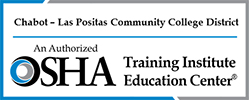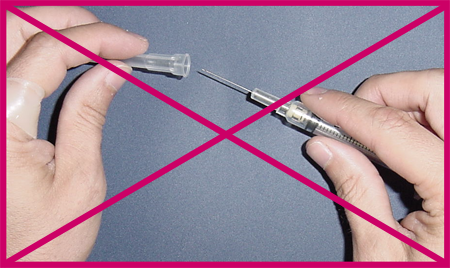Sharps are objects that can penetrate a worker’s skin, such as needles, scalpels, broken glass, capillary tubes and the exposed ends of dental wires. If blood or other potentially infectious materials (OPIM), as defined in the OSHA Bloodborne Pathogens standard (29 CFR 1910.1030), are present or may be present on the sharp, it is a contaminated sharp and appropriate personal protective equipment must be worn.
A needlestick or a cut from a contaminated sharp can result in a worker being infected with human immunodeficiency virus (HIV), hepatitis B virus (HBV), hepatitis C virus (HCV), and other bloodborne pathogens. The standard specifies measures to reduce these types of injuries and the risk of infection. Careful handling of contaminated sharps can prevent injury and reduce the risk of infection. Employers must ensure that workers follow these work practices to decrease the workers’ chances of contracting bloodborne diseases. Learn More
Upcoming OSHA #7200 Bloodborne Pathogen Exposure Control Classes

